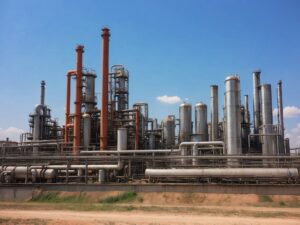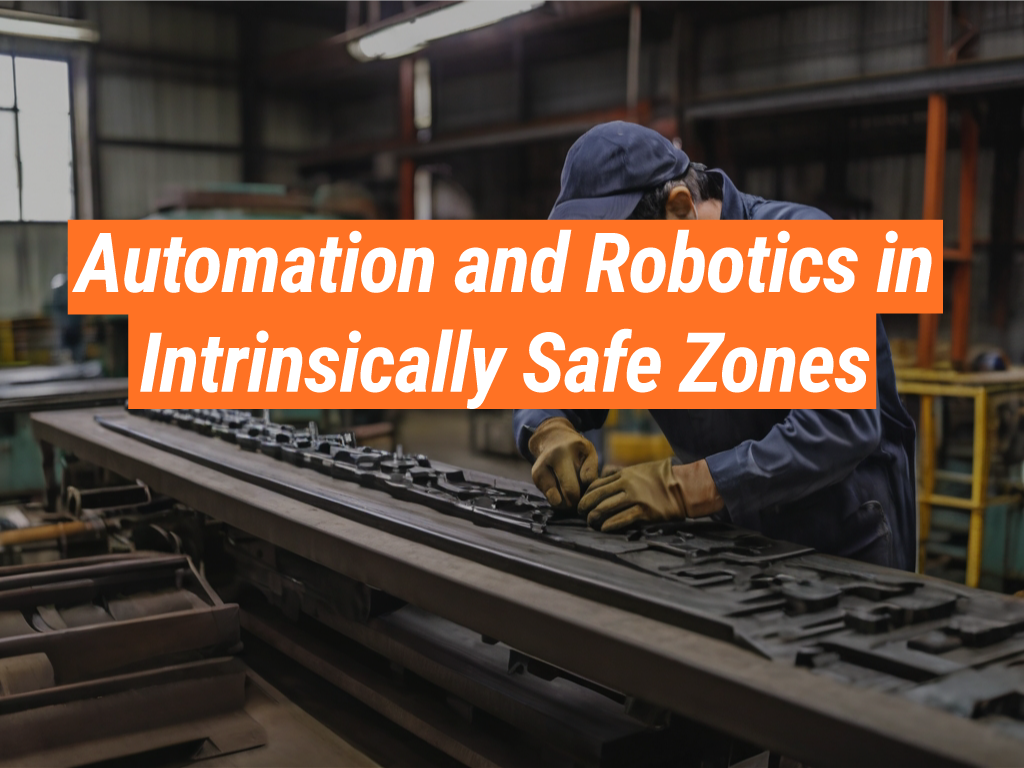Welcome to the world of Intrinsically Safe Store, your one-stop-shop for all things related to safety in hazardous environments. We are dedicated to providing you with the latest insights and trends in the field of automation and robotics in intrinsically safe zones. Visit our website to explore our wide range of products and services.
The Rise of Automation and Robotics
Automation and robotics have revolutionized various industries, from manufacturing to healthcare. They have brought about increased efficiency, reduced human error, and improved safety. In hazardous environments, such as oil and gas industries, chemical plants, and mining operations, the use of automation and robotics is particularly beneficial.

What are Intrinsically Safe Zones?
Intrinsically safe zones are areas where an explosive atmosphere is present, or may be expected to be present, in quantities such as to require special precautions for the construction, installation, and use of equipment. The main goal is to prevent ignition of the explosive atmosphere and ensure the safety of workers and equipment.
Role of Automation and Robotics in Intrinsically Safe Zones
Automation and robotics play a crucial role in intrinsically safe zones. They not only enhance operational efficiency but also significantly reduce the risk of accidents. Here are some ways in which they contribute:
- Reducing Human Exposure: Robots can perform tasks in hazardous environments, reducing human exposure to dangerous substances and conditions.
- Increasing Efficiency: Automated systems can operate continuously without fatigue, leading to increased productivity.
- Improving Accuracy: Robots are less prone to errors compared to humans, resulting in higher accuracy and quality of work.
Case Study: Robotics in Oil and Gas Industry
A prime example of the use of robotics in intrinsically safe zones is in the oil and gas industry. Companies use robots for drilling, inspection, and maintenance tasks to reduce the risk of accidents and improve efficiency. MarketsandMarkets reported that they expect the market for robotics in the oil and gas industry to grow from $2.2 billion in 2020 to $4.0 billion by 2025.
Challenges and Future Prospects
Despite the numerous benefits, the implementation of automation and robotics in intrinsically safe zones is not without challenges. These include high initial investment, need for skilled personnel, and technical issues. However, continuous advancements in technology are addressing these challenges.
The future of automation and robotics in intrinsically safe zones looks promising. With advancements in artificial intelligence and machine learning, robots are becoming more capable and versatile. We expect them to take on more complex tasks, further reducing human exposure to hazardous environments.
Embracing Automation and Robotics in Intrinsically Safe Zones
Automation and robotics have transformed the way operations are carried out in intrinsically safe zones. They have not only improved efficiency and accuracy but also significantly enhanced safety. Despite the challenges, the future looks promising with continuous advancements in technology.
At Intrinsically Safe Store, we are committed to keeping you updated with the latest trends in this field. Visit our website to explore our wide range of products and services. For any queries or further information, contact us.


























